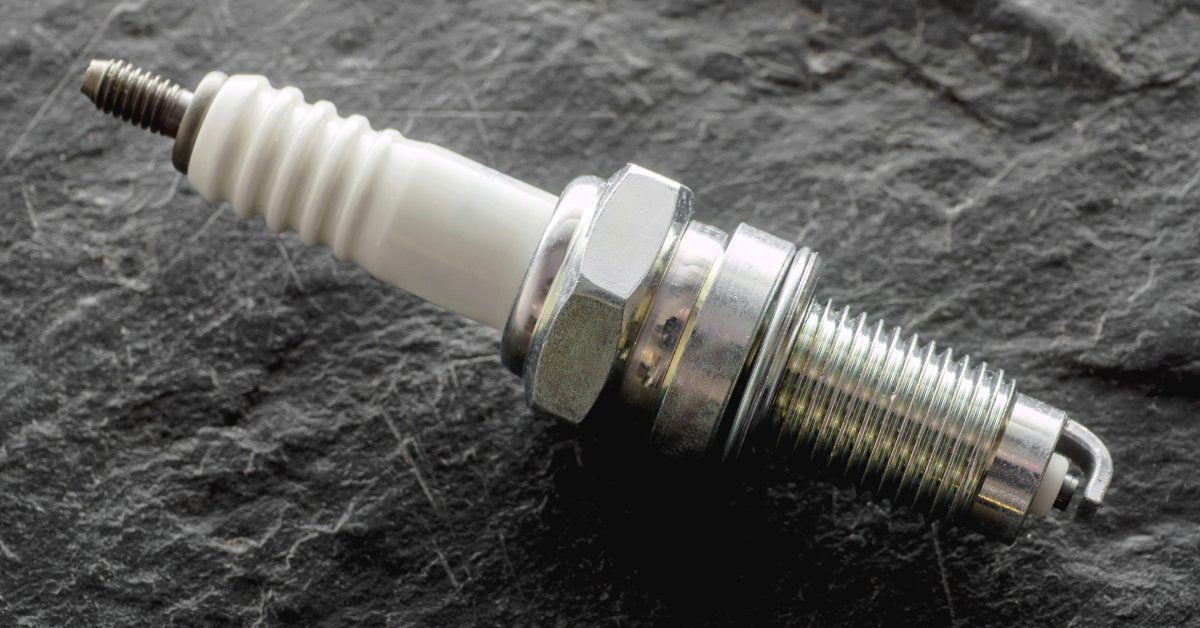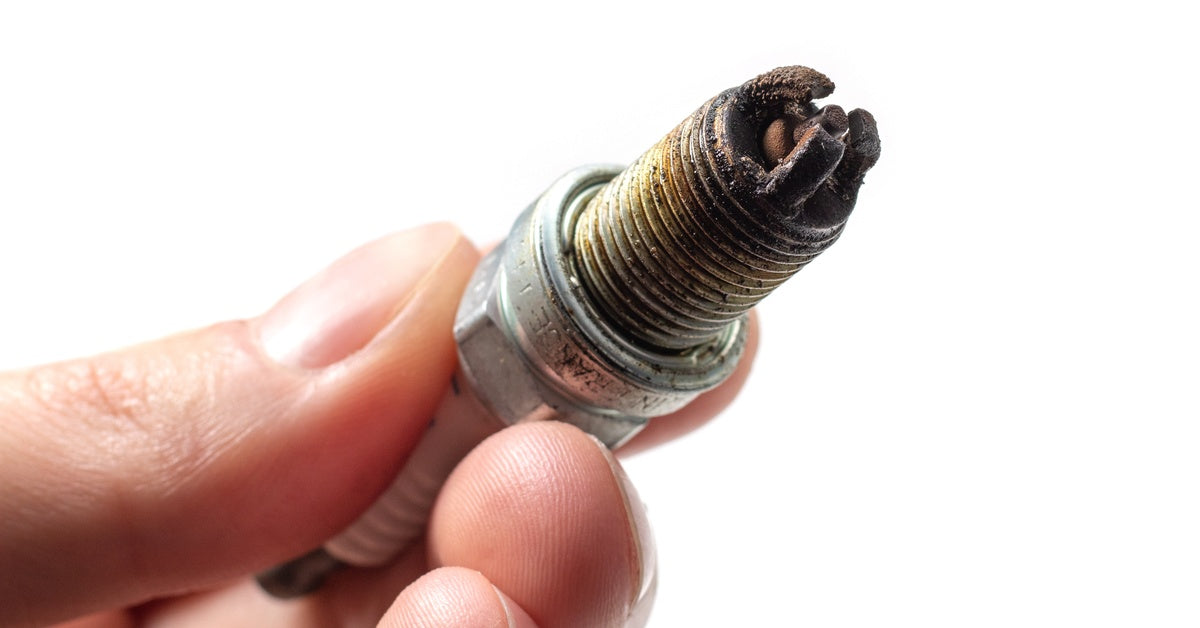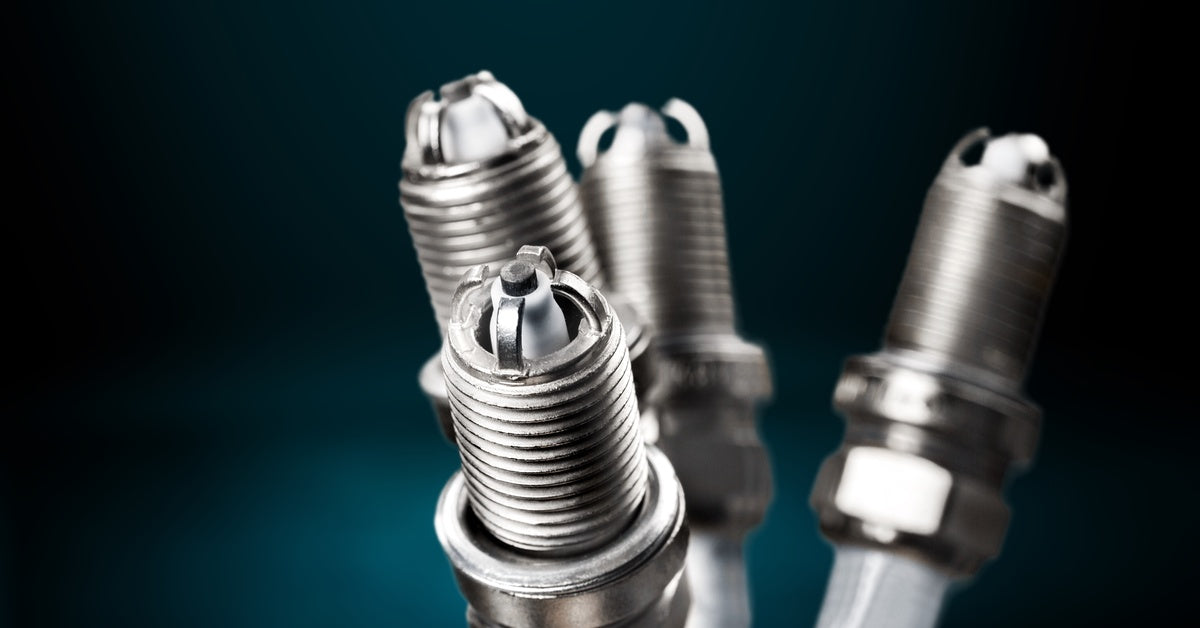
Did you know that a single cracked spark plug can stop your engine cold, ruining your entire day? Whether it's your car, lawn mower, or even your ATV, most cracks are avoidable if you know what to look for. Are you ready to keep your engine running smoothly? Let's examine what causes spark plugs to crack, and ways to prevent them!
Heat Stress and Temperature Fluctuations
Excessive heat is one of the primary culprits behind cracked spark plugs. Your engine generates intense temperatures during normal operation, and spark plugs must repeatedly withstand this thermal stress.
When engines run too hot due to cooling system problems, lean fuel mixtures, or timing issues, the ceramic insulator on the spark plug expands beyond its limits. This expansion creates microscopic fractures that grow into visible cracks.
Temperature changes also play a role—rapid heating and cooling cycles stress the materials, particularly during cold starts when the temperature differential between the cold plug and hot combustion chamber is most extreme.
Managing Engine Temperature
Keep an eye on your temperature gauge while you're working, especially with heavy loads or in hot weather. You should also check your cooling system, including your coolant, radiator, and thermostat.
Detonation and Pre-Ignition Issues
Detonation produces intense shock waves that exert immense pressure on spark plugs, which you’ll often hear as engine knocking. This happens when the air-fuel mixture ignites prematurely, before the spark plug's signal, or when several ignition points clash inside the combustion chamber.
The resulting pressure spikes exceed what spark plug materials can handle, leading to cracked ceramic insulators or damaged electrodes. Low-octane fuel, carbon deposits, and incorrect timing settings commonly trigger these destructive combustion events. High-performance engines, particularly those in drag racing vehicles, face greater risk due to their elevated compression ratios and aggressive tuning parameters.
Incorrect Heat Range Selection
Spark plugs come in different heat ranges designed for specific operating conditions. Installing plugs with the wrong heat range for your application creates problems.
Cold heat range plugs in high-performance applications may not reach proper operating temperature, allowing deposits to build up on the insulator tip. Conversely, hot heat range plugs in heavy-duty applications can run too hot and suffer thermal damage.
Vehicle-Specific Heat Range Considerations
Different vehicle types require careful heat range selection. Lawn mowers and riding mowers typically use hotter heat ranges due to their lower operating speeds and lighter loads.
ATVs and dirt bikes need plugs that handle varying RPMs and load conditions. Drag racing engines require cold heat ranges to withstand extreme combustion pressures and temperatures during high-performance runs.
Physical Impact and Vibration Damage

Mechanical stress from engine vibration gradually weakens spark plug materials. High-performance engines with aggressive camshafts produce more vibration than stock motors. Motorcycles, ATVs, and other recreational vehicles experience additional stress from rough terrain and jumping.
Improper installation torque also creates stress concentration points. Overtightening spark plugs compress the sealing washer excessively and place uneven stress on the ceramic insulator. Undertightening allows the plug to vibrate in its threads, creating wear patterns that weaken the assembly.
Carbon Deposit Buildup
Carbon deposits form on spark plug surfaces when combustion is incomplete. These deposits create hot spots that can trigger pre-ignition and place thermal stress on plug components.
Rich fuel mixtures, worn piston rings, and valve seal problems contribute to carbon formation. The deposits also change heat transfer characteristics, causing some areas of the plug to run hotter than designed. While light carbon deposits can sometimes be cleaned, plugs with heavy buildup should be replaced.
Fuel Quality and Contamination
Poor fuel quality affects combustion characteristics and can lead to spark plug damage. Contaminated fuel with water or debris creates irregular burning that stresses plug components. Ethanol-blended fuels can be problematic for older engines not designed to handle alcohol content. This is because ethanol attracts moisture and creates acidic conditions that corrode metal components.
Age and Material Fatigue
Spark plugs have finite service lives determined by electrode wear and material fatigue. Ceramic insulators gradually develop microscopic cracks from repeated thermal cycling. These cracks may not be visible at first, but they grow larger with continued use.
Different plug designs offer varying service intervals. Standard copper core plugs typically last 30,000 to 40,000 miles in automotive applications. Platinum and iridium plugs extend service life, but still require replacement when materials reach their fatigue limits.
Air-Fuel Mixture Problems
When the air-fuel ratio is off, it puts extra stress on your spark plugs. A lean mixture burns hotter, which can add more heat to the spark plug and cause wear. On the other hand, a rich mixture might not burn completely, leading to carbon buildup and potential hot spots. Issues like fuel injection problems, vacuum leaks, or carburetor troubles can all throw off this delicate balance.
To diagnose your spark plugs, look for:
- White or light gray deposits, which indicate lean operation
- Black sooty deposits, which suggest rich conditions
- Light tan or gray deposits (on firing tip), which point to normal operation
Ignition System Malfunctions
Weak ignition systems force spark plugs to work harder than designed. Worn ignition coils, damaged plug wires, or failing distributors create conditions where they must fire across larger gaps or overcome higher resistance. This additional electrical stress heats the electrodes beyond normal operating temperatures.
Modern coil-on-plug systems eliminate many traditional ignition problems but can still fail. When coils weaken, they may produce insufficient voltage to fire the plug reliably, causing your spark plugs to crack from thermal shock.

Environmental Factors and Operating Conditions
Your spark plugs' lifespan depends on where and how you're using your equipment. For instance, if you're in dusty areas, your air filter works harder, and that can let contaminants sneak into the combustion chamber. Or take marine applications, like jet skis; those plugs are constantly exposed to salt air and moisture. Cold weather means longer warm-up times and bigger temperature changes, which can also wear them down faster.
Frequent short trips can prevent engines from reaching their full operating temperature, allowing moisture and contaminants to build up in the combustion chambers. Extended idling or low-speed operation may also not generate enough heat to burn off deposits effectively.
Monitor your engine's performance closely and address problems promptly. Strange noises, rough idling, or reduced power often indicate developing issues that could cause your spark plugs to crack.
When it's time for a replacement, E3 Spark Plugs offers advanced parts designed to withstand the demanding conditions found in modern engines. We have everything from 4-wheeler spark plugs to components for standard vehicles. Find what you’re looking for today and experience the power of reliability!







